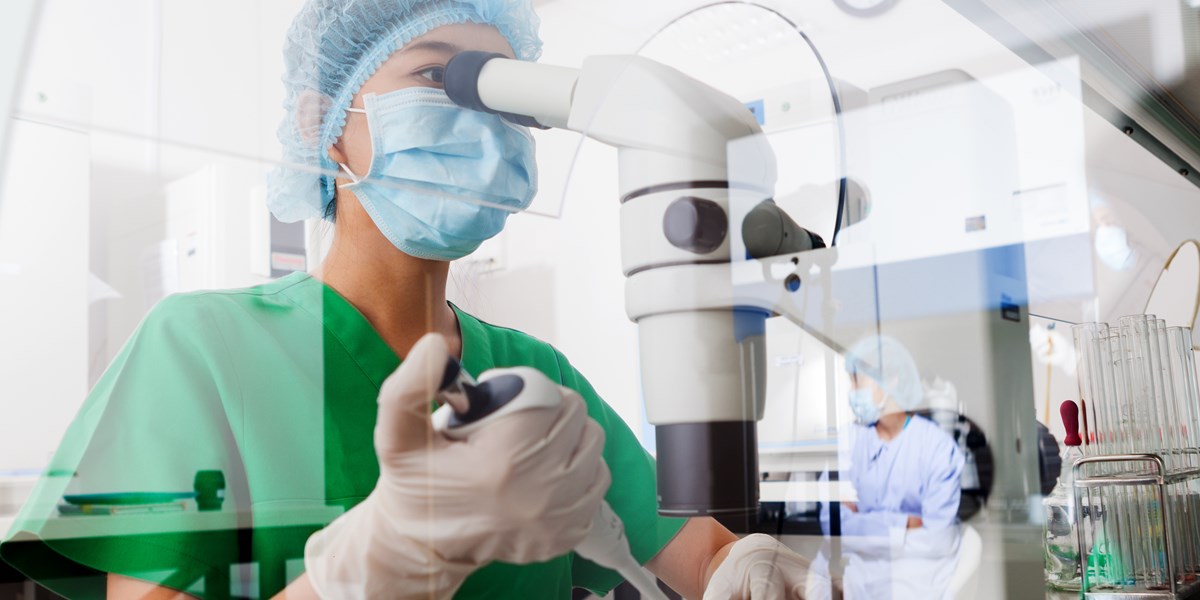Hottest Topic at ASRM 2018

By Dr. David Kreiner
As the co-founder of RMA Long Island IVF, I always look forward to attending the annual meeting of the American Society for Reproductive Medicine, “ASRM”, each fall with my partners and colleagues from around the world to keep abreast of the latest developments in assisted reproductive technologies and share highlights upon my return.
The hottest topic of this year's ASRM remains Preimplantation Genetic Testing now given the acronym PGT-A (for aneuploidy-abnormal chromosome number) to differentiate testing from monogenic diseases (inherited diseases caused by a single genetic mutation usually found in both partners) PGT-M. PGT is performed on blastocyst embryos biopsied 5-7 days after IVF retrieval or on preexisting frozen blastocysts.
Preimplantation Genetic Testing at RMA Long Island IVF has been a treatment option many of our patients have used to help identify the embryo with the best potential for developing into a live baby.
Mosaicism exists when some cells in an embryo are abnormal and some are normal. A physician in consultation with a patient must consider the risks and benefits of transferring a mosaic embryo which include:
-
which specific chromosome is involved - transferring an embryo which is mosaic for a chromosome that is consistent with life is more of a risk than transferring one which would definitely not implant or miscarry; and
-
the level of mosaicism in the sample (the ratio of abnormal to normal cells - 20-40% - low level, 40-80% - high level). This is thought to be associated with the chance of success. Sometimes only a portion of a chromosome is abnormal. These are segmental mosaics.
The following is a summary of the current recommended management of mosaics as diagnosed by PGT- A.
If no euploid/normal embryos, then based on success rates we prioritize possible transfer based on the following:
- Segmental Mosaics (if only a piece of chromosome deleted or duplicated
A. deletion has a 56% implantation rate (IR), 50% ongoing pregnancy rate (OPR)/Live birth rate (LBR), 10% Spontaneous Abortion (Sab) - (ages of patients not given in study
B. duplication has a 65% IR, 41% OPR/LBR, 36% Sab - Single Chromosome Mosaics
A. low level mosaics (20-40% of cells abnormal)
B. high level mosaics (40-80% abnormal) - High Priority Mosaics (abnormality in a chromosome that is not consistent with survival - failure to implant or will miscarry)
- Low Priority Mosaics (abnormalities which may exist in fetuses that survive but are abnormal).
Follow up is recommended with prenatal diagnosis with amniocentesis or chorionic villus sampling-- and close pregnancy and ultrasound monitoring as well as ongoing assessments after birth and development.
Overall, it is thought by some that PGT-A may be futile in women over 42 years of age since it can take over 80 eggs to find a euploid blast as opposed to 9 eggs in patients younger than 38, 14 eggs for patients 38-40 and 32 eggs for patients 41-42 years of age. For the older patient PGT-A is recommended in women with good reserve and/or those willing to do multiple stimulations and retrievals.
Even in the younger patient, PGT-A has the benefit of identifying that embryo with the greatest potential to result in a live baby and eliminate otherwise unnecessary frozen embryo transfers of abnormal embryos destined to result in failure.
